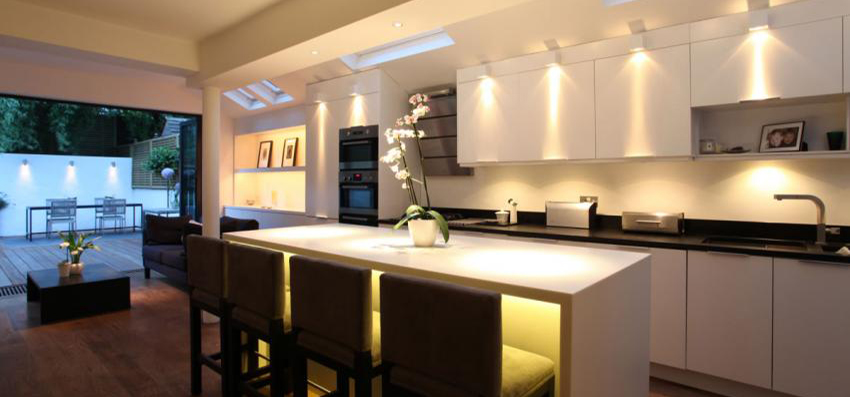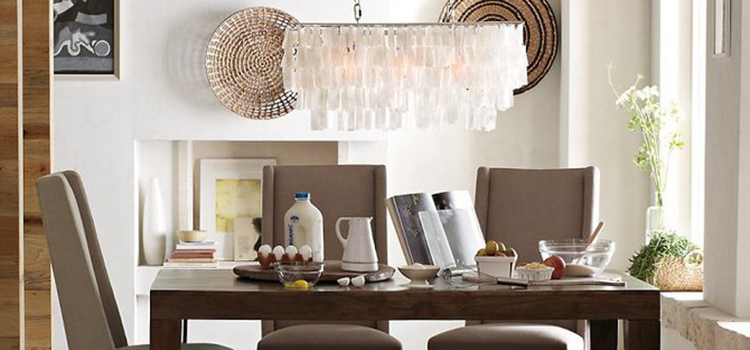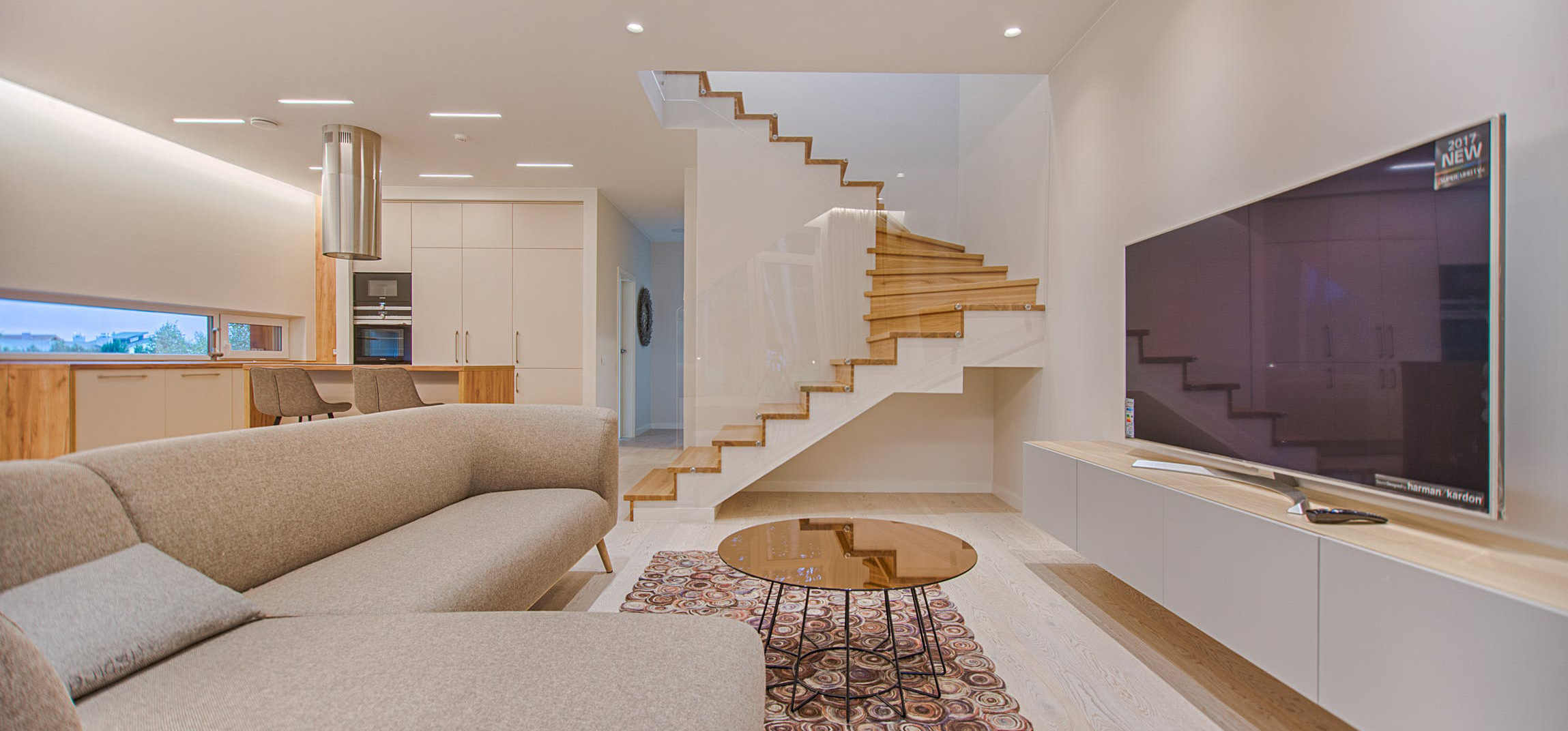4 best lighting features to lighten up your home

Let’s look at each of these in more detail:
1. Ambient lighting
Occupies the undefined areas with a soft lighting level enough to allow you to navigate through a room. It provides an even, overall light to an area. Ambient lighting is also lighting that is already present; an example here is natural light coming through a window or light from outside. It is a great source of light as it is natural and comes at no cost.

2. Task lighting
Is bright, illuminating a particular area such as a reading or a food preparation area. Therefore, it is a form of lighting that promotes an activity or task. It can often achieve this by using or improving contrast. This is often utilised through the use of various types of lamps.

3. Accent lighting
Is the same as task lighting and allows you to focus attention on architectural features or artwork and to set a mood in decorating your space. It does this by creating visual interest through the use of different focal points.

4. Decorative lighting
Is the focal point or centerpiece grabbing attention such as a dining room chandelier. It is often referred to as the “jewelry of the home”; if you have various pieces in your home, then this type of lighting will help them really stand out.

There are basic rules to lighting features and lighting design. The foremost rule is the implementation of efficient lighting. Put simply, it means to place lighting where it is really needed. However, it is also about balancing light in order to create effective lighting distribution that flows seamlessly.
From a financial point of view, it means not spending more on your power bill than needed. On average we spend around 10% of our electricity on lighting; this is an area that we can reduce with some planning. LED lighting is a fantastic option to reduce energy consumption and one of the best ways to save on your energy bill.

The initial step to lighting design is to identify the main activity of a room and determine its focal point. Rooms with multiple focal points are visually interesting and balanced.
There are three levels of lighting; these are foreground, middle and background. The initial two layers are appropriate for accent or task lighting, whilst the middle layer and the last may need ambient lighting as its source.

Important tips for lighting
Consider natural light, its day and evening options and try to design your lighting accordingly. Over lighting a room can cause it to appear harsh, and at night time it can make a room feel quite uncomfortable.
When making the most of lighting fixtures, you can also add layered lighting on decorative pieces such as lamps with dark shades or dimmer switches. By featuring chandeliers they add fashion and do not over light your room.

Above all, avoid any direct glare in rooms that do not require task lighting. Dimmers are a great option to create a setting based on mood. They allow you to change the level of light depending on the situation at hand. Spacing lights relative to your internal features is important; for instance lighting above a dining room table should have a gap of 28 to 34 inches.
Similarly, ceiling height will dictate how far a ceiling light will hang down. A rule of thumb here is with an 8 foot ceiling, look at having the bottom of the light around 12 to 20 inches from it. For every extra foot above add 3 inches; however this is only a guide.

Make narrow rooms or hallways look bigger by adding skylights and projecting light onto walls. When fitted fixtures are your only option, really consider the style and distribution of your lights as a crucial way to illustrate the illusion of extra space. Bright bulbs will also help to give hallways a wider look; why not try increasing the number of bulbs for a similar effect. Look at placing wall lights in some kind of sequence if the hallway is quite long and narrow.
Not having enough light in your home can really make it look and feel cold. If your house is small it can also look quite “dingy”. Think of light in this instance as the same way we embrace the heat and light of the sun. It makes our living areas look attractive and promote physical and emotional well being.
Need a qualified electrician to help install your new lighting feature?
Further reading:
5 unique statement lighting ideas
4 environmentally friendly lighting tips
4 Electrical Tips to Keep Your Home Safe
10 Dazzling Chandeliers That Will Make Your Home Shine
